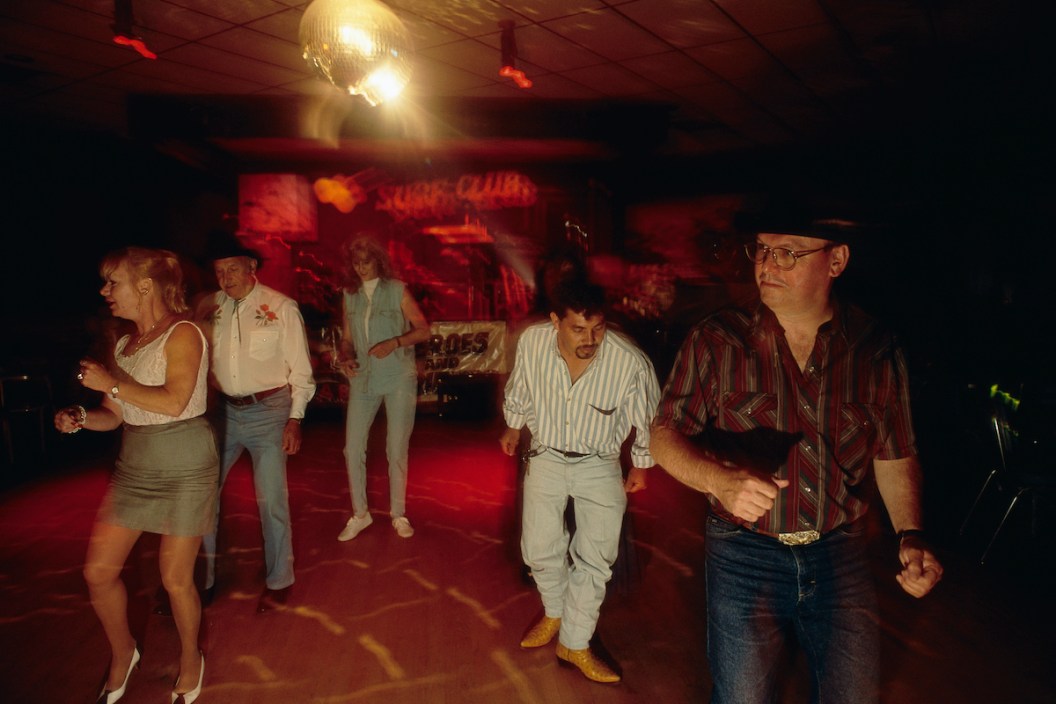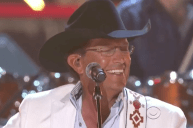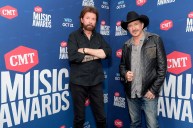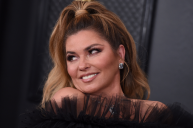[dropcap]C[/dropcap]ountry line dancing reached its commercial peak in the 1990s, when there were specific dance moves for such decade-defining hits as Billy Ray Cyrus' "Achy Breaky Heart," Brooks & Dunn's "Boot Scootin' Boogie," Tracy Byrd's "Watermelon Crawl" and Shania Twain's "Any Man of Mine." Into the aughts, line dances tied impactful songs — namely Trace Adkins' "Honky Tonk Badonkadonk" and Luke Bryan's "Country Girl (Shake It For Me)"— to the not-too-distant past.
Though it'll be forever associated with a time when country music went uptown, line dancing remained fresh over the years for many practitioners, from students and instructors from its '90s heyday to LGBTQ+ country fans keeping a piece of their hometown identities within big-city bar scenes. The enduring subculture's presence across the nation sets up nicely for a widespread comeback as the impact of '90s trends on today's country music reaches critical mass.
Like disco before it, line dancing took hold in LGBTQ+ communities before and after its mainstream moment. Thus, Michael Flynn, a 70-year-old line dancing instructor in Philadelphia, first discovered it in the post-Urban Cowboy '80s at a gay bar in Los Angeles.
"It was a comfortable thing to do," Flynn told Wide Open Country. "It was different, it was fun and you could do it in the community. When you went to another LGBTQ+ community in Detroit or Atlanta or whatever, there was at least one bar doing that there."
Even during the '90s heyday of line dancing, Flynn added to his dance repertoire as much through gay bars in other cities as CMT and TNN programming.
"Washington D.C. not only had the best gay bar for country folks, but it also had the Gay Rodeo," Flynn explained. "Once a year, we'd go down there, and we'd have gay people from all over the U.S. We would dance country Friday night and all Saturday night and afternoon. On Saturday afternoons, there would be dance teachers there from all over the U.S. They would show us the other dances that came in. We'd go back to [Philadelphia], and we'd have more dances."
Line dancing's place in queer country culture makes sense when you consider rural flight to big cities (not that any element of country music has ever belonged exclusively to small towns).
"If you think about the '90s, like '93 in particular when we're hitting 'Boot Scootin' Boogie' and the tush push and 'Achy Breaky Heart,' queer history-wise, you've got a lot going on," shared Donkey Dover Jr., the line dancing instructor for Philadelphia's monthly cosmic country party, Baby's First Rodeo. "If you're a rural, queer person and from the South, chances are you moved to a city. You moved to D.C., you moved to Atlanta, you moved to Philly because there wasn't a place for you in the hometown where you were. But at the same time, this culture that you left is extremely popular and everybody's doing the thing you grew up with. You get to a place like Philly or like D.C. and you get to embrace this part of your culture that maybe wasn't accepting of you when you were home."
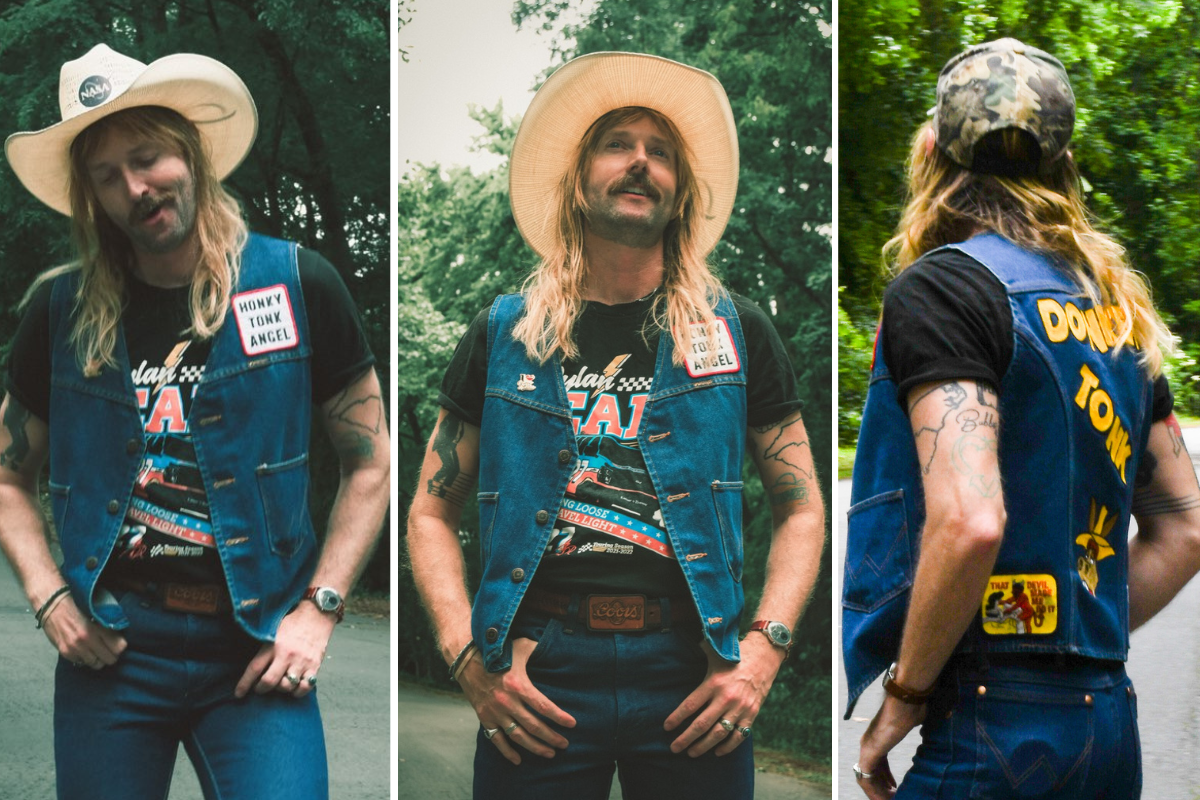
Photos by Colby Dalton (Courtesy of Donkey Dover Jr.)
For an example of how line dancing's foothold in LGBTQ+ communities impacts new music, look no further than the catalog of Iowa-born, New York-based country artist Paisley Fields. The album Electric Park Ballroom (2020) bears the name of the rural dance hall that introduced Fields to the genre, while the song "Shuffling Fool" takes a light-hearted look at line dancing.
"It's a good way for people to stay connected to that part of themself if they move to a city and still be connected to the music they love in that environment and find community in that experience that maybe they wouldn't have found back home," Fields said. "There aren't a bunch of queers line dancing in Waterloo, Iowa, but in New York, you find that."
Another veteran of the '90s boom, Mitchell Mullis teaches line dancing with his wife, Angie, every Wednesday at Charlotte, N.C. country bar Coyote Joe's. Though attendance has waned at times since Mullis took up the habit in 1990, lessons currently draw more than 100 people ranging from age 18 to retirees.
"Some of the parents, they were dancing [in the '90s]," Mullis said. "Now their kids, they said, 'Hey, my parents played that music back then.' So they still can relate because they can remember some of it."
Nineties country becoming simultaneously old enough to be retro to those that lived it and far enough removed from today's pop culture to sound fresh to first-time listeners helps up attendance at spots like Coyote Joe's.
"It seems like it comes around about every 20 years, and now it's back on the upswing again," Mullis explained. "Our dance floor is completely full. Our side floor is full. The back floor is full, and people are like, 'We need a bigger dance floor.' I'm like, 'Hey, if people keep coming out, the dance floor will have to get bigger.'"
Bar-hopping beginners willing to tackle a new challenge in public keep line dancing nights alive across the country for the under-40 crowd.
"It requires a certain amount of vulnerability out of the gate," Dover said. "A line dance that you're doing, you're doing it in a crowd of people, so you're by default attempting something new in front of people. Even being willing to get out on the line dance floor to come for a lesson, to try a line dance, you've got to be coming into that space with a degree of vulnerability. I think that also is what makes it more accessible. It makes people friendlier. There's a bit of risk we're all taking together."
Despite the internet homogenizing most aspects of popular culture, line dancing's pliability to other musical styles —Flynn loves teaching line dances and two steps to ABBA's "Dancing Queen," for instance— and preexisting regional variants allow for curveballs when practitioners take in night life away from home.
"Every honky tonk that you go to has its own spin on each dance," Donkey said. "Dances work out a couple of different ways. There could be one dance that you could dance a lot of different songs to, and there could also be one song that you have a lot of different dances to if it makes sense. Wherever you go, whoever's the teacher there has been handing down like a verbal tradition that space's version of that dance. The way that Michael Flynn taught me to do the Texas Cha-Cha isn't the way they do the Texas Cha-Cha in D.C. with the Rawhides."
Throughout its road from a national phenomenon to a niche pastime and ultimately a growing byproduct of '90s country's popular resurgence, line dancing has improved the lives of Flynn, Mullis and other lifers.
"People that I would never have had the opportunity to meet I have met through dancing," Mullis said. "I thought about it before: what if my life went in a different direction? I met my wife there where I teach at. She was coming to the dance class."
